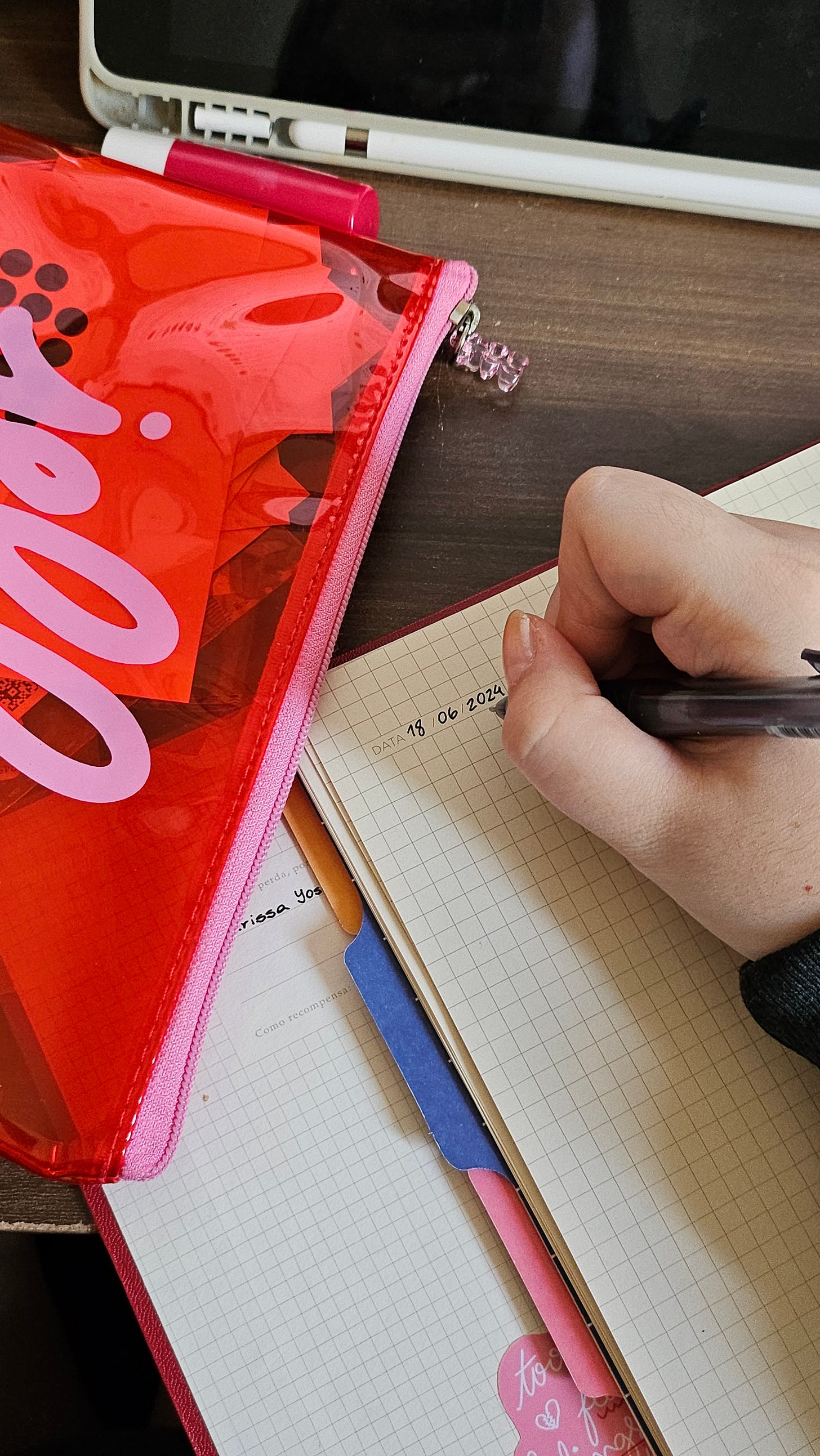How Much do Vintage Dealers Actually Earn?
Results of the 2025 Secondhand Sellers Income Survey
This analysis represents independent first-of-its-kind research conducted by Pre-Loved, made available to our subscribers. Thank you for supporting independent journalism:
Six weeks ago, I sent out the 2025 Secondhand Sellers Income Survey, a first-of-its-kind attempt to capture income data across the secondhand fashion industry, which is vastly under-explored.
As a reporter and researcher covering the secondhand fashion industry, I speak with dozens of vintage sellers, collectors, and shoppers every week — and read hundreds of articles on the sector, in addition to those I write. But there’s one crucial piece of information I couldn’t tell you about our industry: what’s the average income for an independent secondhand business owner?
The resale market has exploded in recent years, with platforms like Vinted and The RealReal making headlines for their valuations and growth metrics. Mainstream glossy fashion magazines and big fashion brands alike now celebrate choosing “pre-loved fashion,” and more shoppers than ever before are turning to secondhand to make a personal style statement.
Yet beneath the shiny surface lies a more complex reality: the individual sellers who power this industry are often hustling (long hours!) to barely make ends meet.
Chances are, most small resale business owners don’t even fully grasp the financial landscape of their industry, either. The economic reality for these dealers has remained largely invisible — until now.
What This Survey Reveals:
Thank you to everyone who took the time to answer our questions and shared financial data. This comprehensive analysis uncovers startling truths about our industry that will fundamentally change how you think about your business:
The stark numbers behind what full-time dealers actually earn versus the 80+ hours many work weekly.
Which business models generate the most sustainable incomes, and why the highest-grossing model doesn't translate to the highest take-home pay.
How to think about scaling your business when part-time dealers, on average, achieve better hourly returns than those working 50+ hours.
Why the most successful dealers are diversifying income streams around their expertise, and which specific methods command the highest value.
How familiar wage disparities persist even in female-dominated industries.
Why we need to talk about money: the vast majority of dealers never discuss finances with peers, but the the dealers who do are making more overall.
This report explores the real numbers behind secondhand selling, revealing both the challenges and opportunities that define this growing industry. The goal is simple: give you the information you need to make informed decisions about your business, whether you're just starting out or looking to scale up.
Who Participated: 60+ Sellers Across Demographics and Regions
This survey captured responses from over 60 secondhand business owners across multiple demographics and geographic regions, providing the most comprehensive look at dealer incomes to date.
Business Focus: clothing dominates the market, with 83% of survey respondents focusing primarily on apparel— making it both the most common and most competitive category. Additionally, 4 respondents focused primarily on accessories, 3 on homewares, and 4 on upcycled pieces.
Age Distribution: survey respondents were primarily millennials and Gen X, with the largest group being ages 35-44 (37%), followed by 25-34 (32%). Those aged 18-24 made up 7%, ages 45-54 represented 15%, and ages 55-64 comprised 7% of responses. Only one respondent was under 18.
Demographics: while this is an imperfect dataset skewed by survey respondents, this survey captured responses from 75% white business owners, 8% Hispanic or Latino, 7% Asian, 3% Black, and 5% identifying as two or more races. Gender representation showed 81% women, 10% men, and 7% identifying as nonbinary or genderqueer, with 2% leaving this field blank.
This survey has limitations based on who responded, however findings align with broader fashion industry data and highlight systemic issues worth addressing.
Geographic Spread: respondents operated across varied cost-of-living environments: 28% in major metros like NYC and LA, 9% in mid-sized cities like Chicago and Denver, 23% in smaller cities like Milwaukee and Salt Lake City, 17% in suburbs outside major metropolitans, 10% in rural areas, and 10% international sellers. 3% left this field blank.
This distribution shows how secondhand businesses operate across different economic environments, from major metropolitan markets to rural communities and international locations.
Why This Work is Paywalled
As some of my closest dealer friends reminded me, it would be inconsistent for me to champion women valuing their work while not valuing six weeks of mine. This research required significant investment in survey design, data collection, and analysis—costs I absorbed personally to provide the industry with insights it's never had before.
For dealers who subscribe to Pre-Loved to read this report, this $5 investment is likely a tax-deductible business expense and costs far less than comparable market research.
Now, let's dive into what we discovered!
Keep reading with a 7-day free trial
Subscribe to Pre-Loved to keep reading this post and get 7 days of free access to the full post archives.






